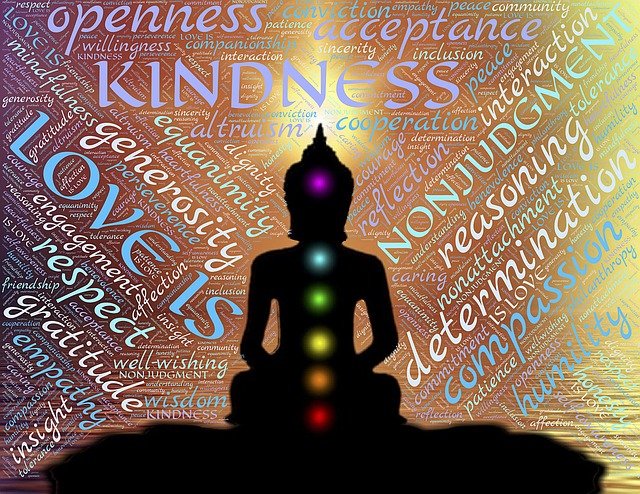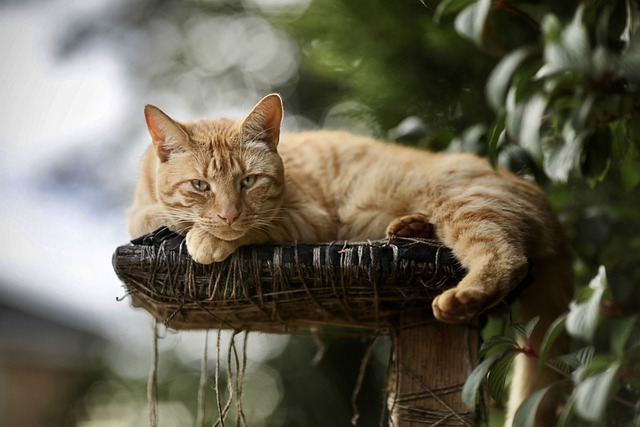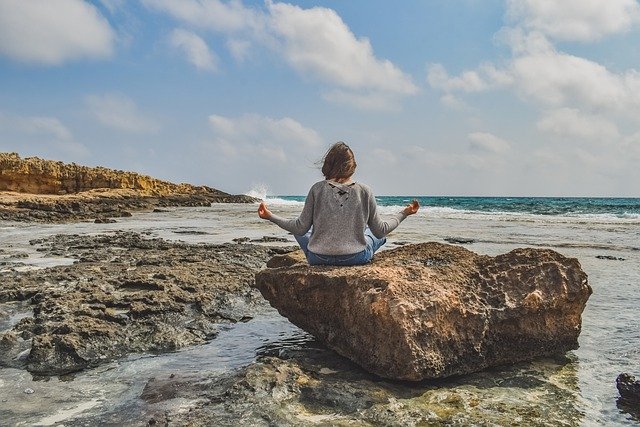Diana Winston, Director of UCLA Mindful, introduced the idea of bodily sensations as an anchor in meditation. As she was specifically explaining standing and walking meditations (in lieu of sitting meditation), she focused on the sensations in our hands, our legs and our feet.
Diana’s guided meditation podcast was one of the free, weekly podcasts offered by meditation teachers at UCLA Mindful. At the outset, she explained the concept of an anchor in meditation.
Diana asked us to envisage a ship’s anchor keeping a ship in place despite being buffeted by winds and tidal surges. The analogy means that a “meditation anchor” serves to help us maintain our focus despite being “buffeted” by our thoughts and emotions. Just as a ship is surrounded by water, we are immersed in our thoughts and emotions – a fact of life that is inescapable.
The secret power of meditation is the capacity to constantly return to our focus despite ongoing distractions and our anchor supports this process. Over time this capacity builds concentration and resilience as we develop the ability to deal with “negative self-talk”, difficult emotions and the vicissitudes of the human condition.
A standing meditation
Diana suggested that we explore a standing meditation by slowly shifting our weight from one foot to the other. She pointed out that a lot of our functions such as standing and walking are performed unconsciously. Meditation involves paying attention to specific functions/activities as they occur and, in the process, exploring the bodily sensations that occur with a sense of curiosity and openness. It also involves accepting things as they are, e.g. accepting an inability to stand for longer than two minutes or unevenness of our posture due to a spinal injury.
As we shifted from one foot to the other, Diana asked us to pay attention to the sensations in our legs and feet. We can notice the added pressure on one foot as we move our weight from the other foot. We can notice tightening of the muscles in the weight-bearing leg . As part of the process of a standing meditation, we can effect a progressive focus on each of the muscles in our leg and then focus on the sensations in our foot. There could even be the experience of muscle spasms or cramping. Diana encourages us to undertake the standing meditation being conscious of our physical limitations, e.g. if we are unable to stand without pian, then a sitting meditation is a better option.
A walking meditation
A walking meditation involves walking slowly while being conscious of the physical sensations as we raise and lower our feet. It takes considerable discipline to slow down enough in our hectic world to pay attention to minute bodily sensations. However, the act of mindful walking can create a sense of calm and peace if we maintain the focus on our anchor.
We can also add surrounding sounds as an additional focus. On my morning walks in another area, I used to listen to the call of birds that were in bushes above, below and beyond me. This focus enhanced the practice of mindful walking for me.
In previous posts I have detailed approaches to mindful walking inside and mindful walking outside. The latter approach can incorporate awareness of all the senses, a form of natural awareness.
Reflection
Through much of life we hasten to get somewhere or to achieve a goal, e.g. a fitness goal as we walk or run at pace over a specified distance. Mindful walking helps us to become more conscious of our surrounds and our bodily sensations. The process enables us to slow down, detach from our goal-oriented behaviour and build our capacity for natural awareness, being in nature with curiosity and wonder.
As we grow in mindfulness, we can enhance our self-awareness, build our concentration and capacity to focus, develop emotional regulation and experience equanimity. The following reflective poem, that I wrote as I developed this post, communicates something of the magic of mindful walking:
Mindful Walking
Slowly walking seeing what surrounds us,
Sounds surfacing from hidden spaces near and far,
Sensations seeping into our consciousness.
Anchored in our body,
Mindful of our sensations,
Calm and peace pervade.
____________________________________
By Ron Passfield- Copyright (Creative Commons license, Attribution-Non-Commercial -No Derivatives.
Disclosure: If you purchase a product through this site, I may earn a commission which will help to pay for the site, the associated Meetup group and the resources to support the blog.









